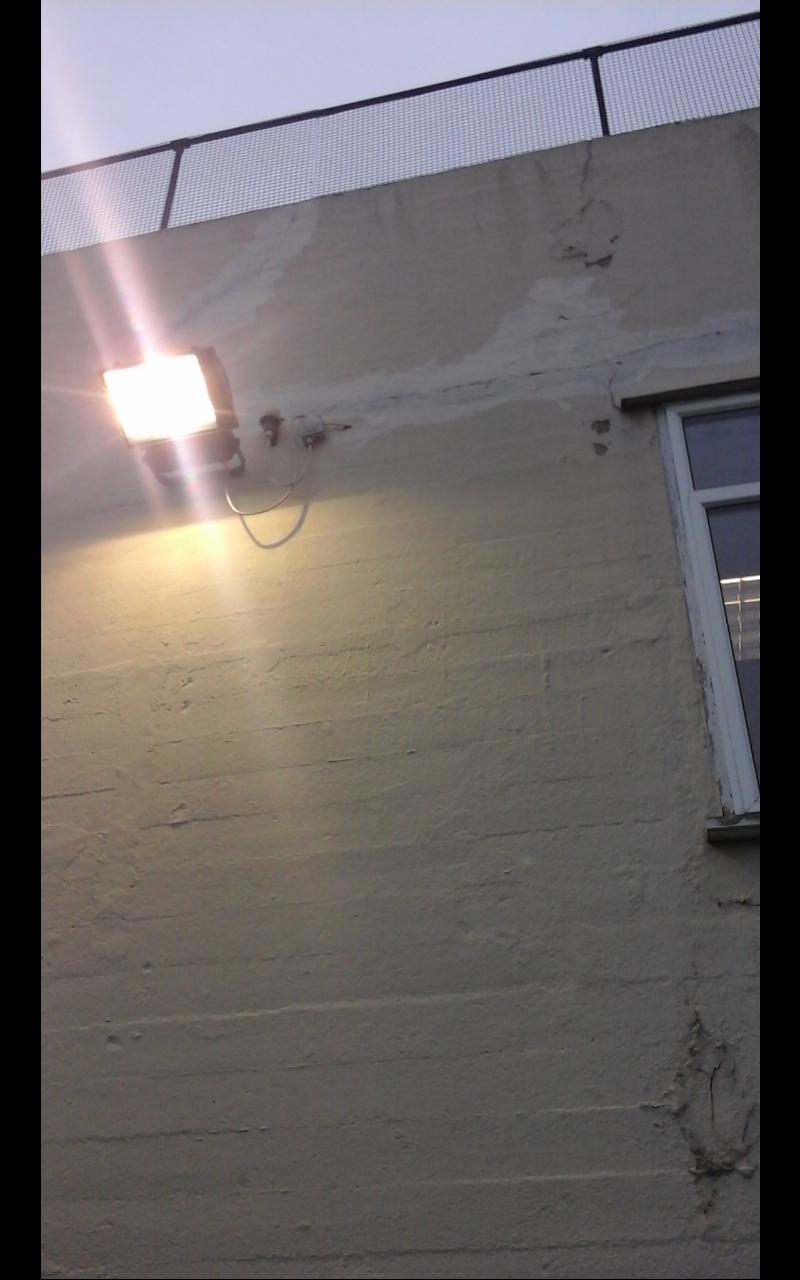So how do you know when you find that it's happened whether it was reasonable for the original installer to have used that cable. Not how do you know at the time when you put the cable in service as a live conductor.
You may well not be able to.
Just as in life in general there are countless situations where you don't know whether what someone did was reasonable when all you can see is the end result. Sometimes there are investigations which establish whether or not the actions someone took were, or were not, reasonable. A few weeks ago I went through a red light, because I judged it was safe to do so and because to not do so would have made an ambulance on an emergency have to stop and wait. I was confident that any investigation would exonerate me.
But I don't see why, if you are able to determine whether what someone did was reasonable or not, you cannot say "I would regard it as a contravention
unless there was no reasonable alternative."
It's all about professional standards, professional judgement. The criteria of reasonable skill and care, and belief, are present in every EIC/MEWIC, and if in their professional judgement someone believes that another person has not exercised
reasonable skill and care then they are perfectly within their rights to say so. Arguably they
must say so.
And just as if someone considers something bad practice and therefore would not advise it be done, or even actively advise it not be done, they are perfectly within their rights to argue the case that it
can be poor workmanship.
I think it quite telling that nobody is prepared to answer the question about the designer, nobody is prepared to address the situation where someone is not constrained by any realities of existing cables, what's on the van, where the nearest "correct" cable is, how hard it is to obtain, etc, but simply sits at his desk and
gratuitously specifies that a highly undesirable bad practice be done.



